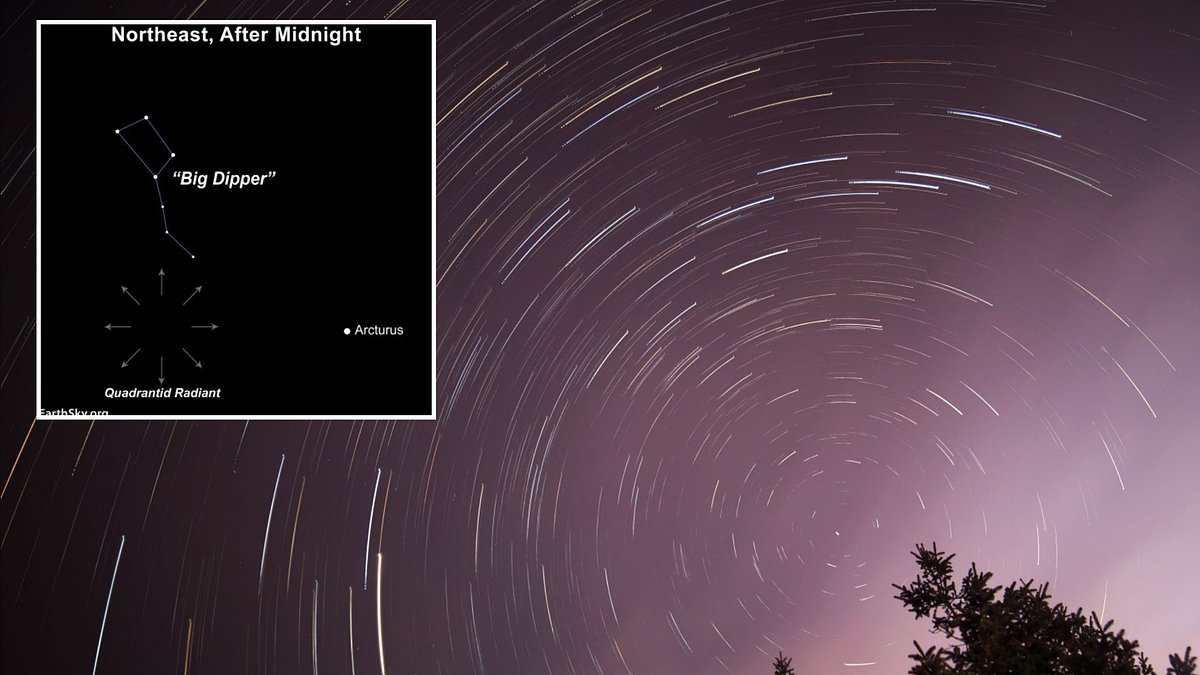Quadrantid meteor shower to light up skies – here’s the best way to witness this celestial spectacle! Get ready for a dazzling display as the Quadrantids, known for their bright meteors and high rates, peak. This guide will equip you with everything you need to find the perfect viewing spot, understand the shower’s origins, and capture stunning photos – all while staying safe and responsible.
We’ll cover optimal viewing times and locations worldwide, considering factors like light pollution and weather. You’ll learn about the Quadrantids’ unique characteristics, comparing them to other meteor showers. We’ll also provide essential equipment tips, photography techniques, and safety precautions to ensure you have a memorable and safe experience.
Want to catch the awesome Quadrantid meteor shower? Find a dark spot away from city lights, lie back, and let your eyes adjust. While you’re waiting, did you hear about that huge lawsuit? Apparently, Apple to pay $95M to settle lawsuit accusing Siri of eavesdropping , which is pretty wild. Anyway, back to stargazing – bring a blanket and some hot cocoa for a truly memorable meteor shower viewing experience!
Peak Viewing Times and Locations
The Quadrantid meteor shower’s visibility depends heavily on several factors, primarily timing, location, and weather conditions. Optimizing your viewing experience requires understanding these elements and planning accordingly.
Optimal Viewing Times and Locations
The shower’s peak is relatively short, usually lasting only a few hours. The table below provides estimated peak times for various geographic locations. Remember that these are estimates, and slight variations may occur.
| Location | Latitude | Longitude | Approximate Peak Time (Local Time) |
|---|---|---|---|
| New York City, USA | 40.7° N | 74.0° W | Early Morning, January 4th |
| London, UK | 51.5° N | 0.1° W | Early Morning, January 4th |
| Tokyo, Japan | 35.7° N | 139.7° E | Late Morning, January 4th |
| Sydney, Australia | 33.9° S | 151.2° E | Evening, January 3rd |
Factors Influencing Visibility
Light pollution significantly impacts meteor shower visibility. City lights wash out fainter meteors, reducing the overall spectacle. Clear skies are essential; cloud cover will completely obscure the shower. Weather forecasts should be checked before heading out.
Best Global Viewing Locations
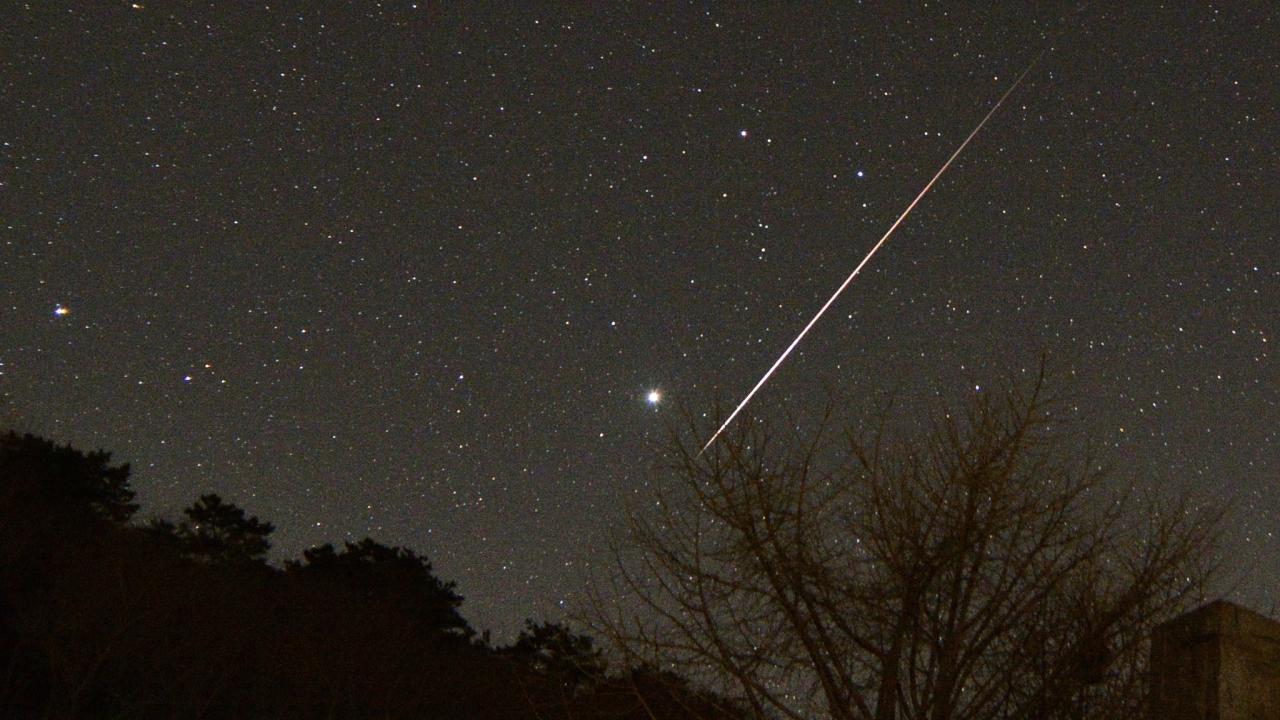
High-altitude locations with minimal light pollution and clear, dry air offer the best viewing. Remote mountain areas or deserts are ideal. The Atacama Desert in Chile, for instance, is renowned for its exceptionally dark skies.
Understanding the Quadrantid Meteor Shower
The Quadrantids are unique among meteor showers, offering a relatively short but intense peak. Understanding their origin and characteristics enhances the viewing experience.
Origin and Parent Body
Unlike most meteor showers originating from comets, the Quadrantids’ parent body is believed to be an asteroid, 2003 EH1. This asteroid is thought to be an extinct comet, a celestial body that has lost most of its volatile ices.
Characteristics of Quadrantid Meteors
Quadrantid meteors are known for their relatively high speed (around 41 km/s) and bright, often colorful streaks across the sky. They can exhibit a range of colors, from yellowish-white to bluish-green, depending on the composition of the meteoroid and its interaction with the atmosphere.
Comparison with Other Meteor Showers
Compared to the Perseids or Geminids, the Quadrantids have a much shorter peak period. While their hourly rates can be high during the peak, the overall duration of good viewing is significantly shorter. This makes precise timing crucial for optimal viewing.
Essential Viewing Equipment and Preparation: Quadrantid Meteor Shower To Light Up Skies – Here’s The Best Way To
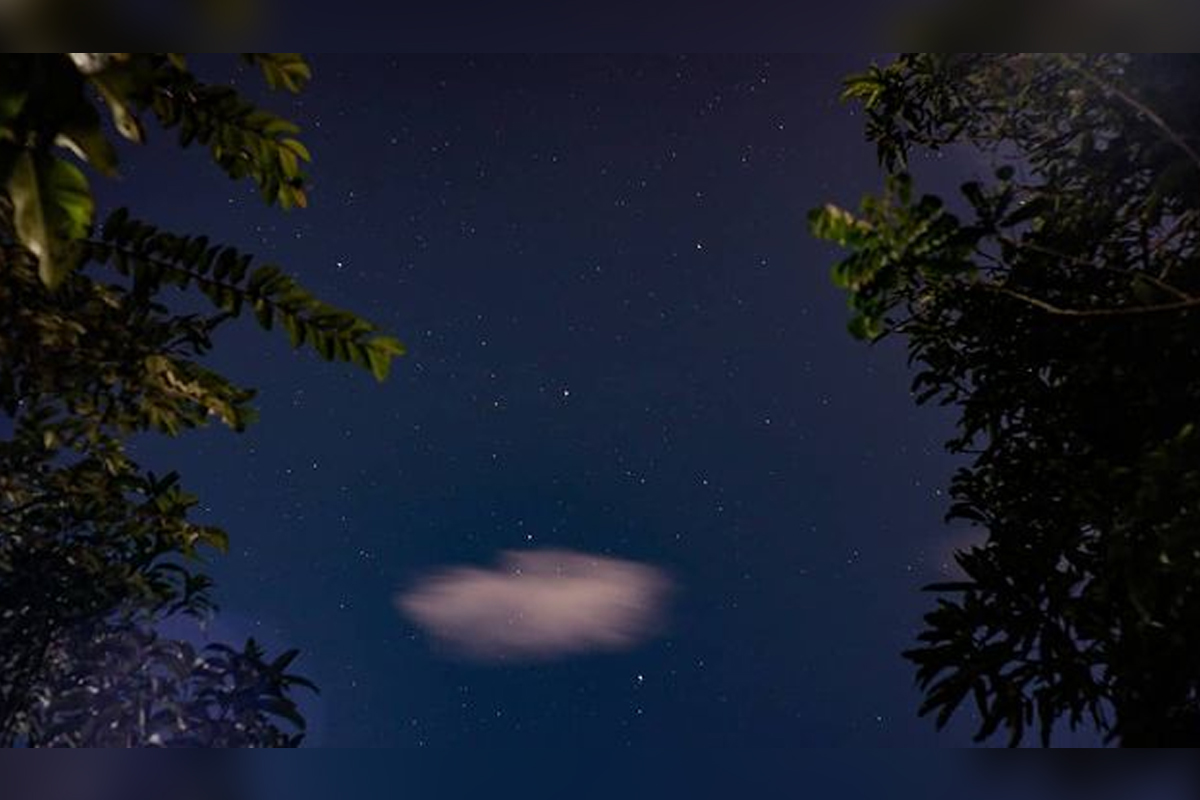
Proper preparation significantly enhances the meteor shower viewing experience. The right equipment and planning can transform a potentially uncomfortable night into a memorable celestial event.
Necessary Equipment
- Blanket or reclining chair
- Warm clothing (layers are recommended)
- Red-light flashlight (to preserve night vision)
- Optional: Binoculars (for wider viewing)
- Snacks and drinks
Preparing for Meteor Watching
- Find a dark location away from city lights.
- Dress warmly in layers to adapt to changing temperatures.
- Arrive at your location at least 30 minutes before the predicted peak time to allow your eyes to adjust to the darkness.
- Bring comfortable seating or a blanket for reclining.
Maximizing Viewing Comfort
Lie down comfortably on a blanket or reclining chair. Avoid using white light; use a red-light flashlight if needed. Bring snacks and drinks to stay comfortable and hydrated throughout the night.
Photography Techniques for Capturing the Shower
Capturing the beauty of a meteor shower requires some specialized photography techniques. The following steps provide guidance for creating stunning images and time-lapses.
Want to catch the awesome Quadrantid meteor shower? Find a dark spot away from city lights for the best viewing. While you’re waiting, did you hear about that crazy lawsuit? Apparently, Apple to pay $95M to settle lawsuit accusing Siri of eavesdropping , which is pretty wild. Anyway, back to the meteor shower – bring a blanket and get comfy; you won’t regret it!
Camera Settings and Equipment
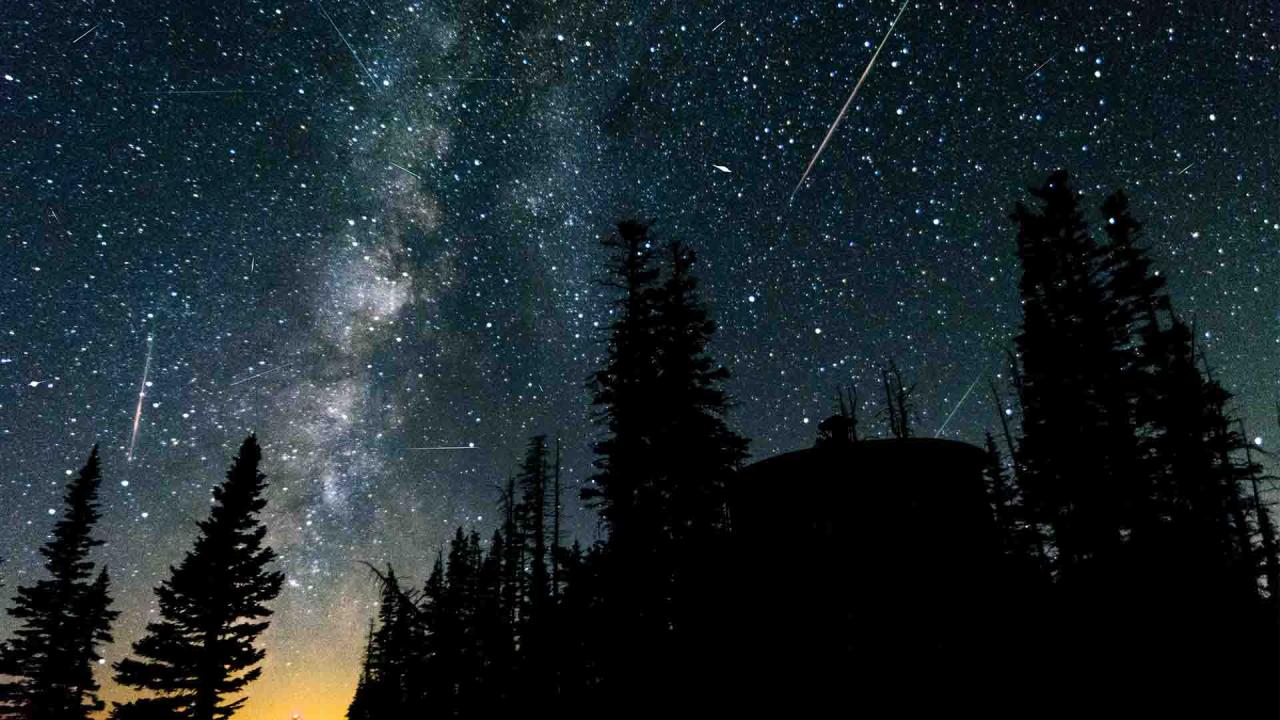
A DSLR or mirrorless camera with a wide-angle lens (at least 24mm) is recommended. Use a tripod for stability. Set your camera to manual mode, choose a high ISO (e.g., 1600-3200), a wide aperture (e.g., f/2.8), and a long exposure time (e.g., 15-30 seconds). Focus on infinity.
Want to catch the awesome Quadrantid meteor shower? Find a dark spot away from city lights for the best viewing. While you’re gazing upwards, remember that unrelated news broke today: Federal courts won’t refer Clarence Thomas for DOJ investigation , a completely different kind of celestial event. Back to the stars – bring a blanket, and enjoy the show!
Creating a Time-Lapse Video
Use intervalometer to take a series of photos at regular intervals (e.g., every 2-5 seconds) over several hours. Use video editing software to combine the images into a time-lapse video. Experiment with different settings to achieve the desired effect.
Capturing Stunning Images
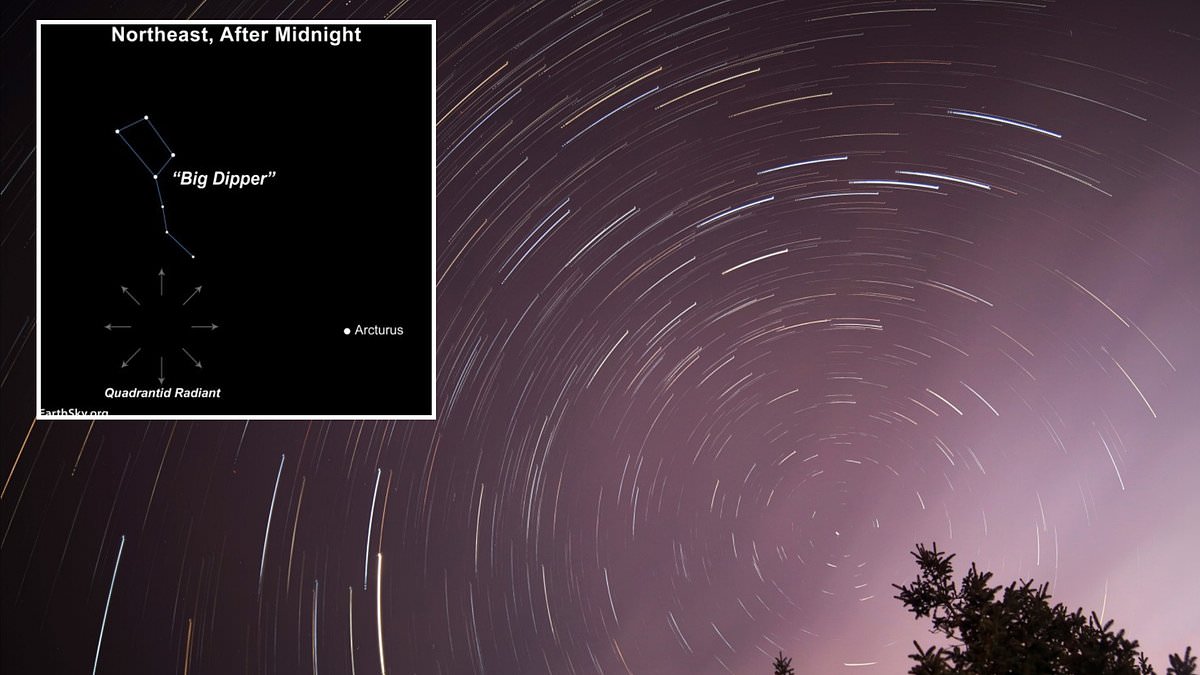
Compose your shot, focusing on a visually interesting area of the sky. Experiment with different exposure times to capture faint meteors. Post-processing can enhance the images further, but avoid over-processing to maintain a natural look.
Safety Precautions and Considerations
While observing a meteor shower is a safe activity, some precautions should be taken to ensure a pleasant and hazard-free experience.
Safety Precautions
- Be aware of your surroundings, especially if observing in a remote location.
- Check the weather forecast and be prepared for potential changes.
- Avoid hazardous areas and stay away from cliffs or steep slopes.
- Let someone know your plans and estimated return time.
Light Pollution Reduction
Light pollution not only affects visibility but also disrupts nocturnal ecosystems. Minimize your use of artificial light during observation. Use red-light flashlights and avoid using bright lights.
Responsible Stargazing, Quadrantid meteor shower to light up skies – here’s the best way to
Leave no trace behind. Pack out all trash and avoid disturbing the natural environment. Respect wildlife and avoid disturbing their habitats. Observe quietly and appreciate the natural beauty of the night sky.
Illustrative Descriptions of the Shower’s Visual Spectacle
The Quadrantid meteor shower, at its peak, can be a breathtaking spectacle. The descriptions below aim to capture the visual and emotional impact of this celestial event.
Intensity and Frequency of Meteors
During the peak, meteors streak across the sky with surprising frequency. Imagine a dark canvas suddenly punctuated by bright streaks of light, some short and fleeting, others long and vibrant, leaving glowing trails in their wake. The intensity can be quite dramatic, with multiple meteors visible within a short span.
Celestial Background
The meteors appear against the backdrop of a star-studded winter sky. Constellations like Boötes, Draco, and Ursa Major are prominent, providing a celestial framework for the meteor shower. The Milky Way, if visible from a dark location, adds a breathtaking layer of depth and grandeur to the scene.
Memorable Experience
A truly memorable Quadrantid shower might start with a gradual increase in meteor frequency, building anticipation. Then, during the peak, a constant stream of shooting stars fills the sky, a dazzling display of celestial fireworks. The silence of the night, punctuated by the occasional whoosh of a meteor, creates a profound sense of awe and wonder, a connection to the vastness and beauty of the universe.
Final Thoughts
So, grab your warmest clothes, a thermos of hot chocolate, and prepare for a night under the stars! The Quadrantid meteor shower offers a breathtaking celestial show, and with a little planning and preparation, you can make the most of this astronomical event. Remember to check the weather forecast, find a dark location away from city lights, and most importantly, enjoy the spectacular display! Happy stargazing!
FAQ
How long does the Quadrantid meteor shower last?
The shower’s peak is very short, lasting only a few hours. However, you can see some meteors for several days before and after the peak.
Do I need a telescope to see the Quadrantids?
No, you don’t need a telescope. The meteors are visible to the naked eye. Binoculars might help spot fainter ones, but aren’t essential.
What’s the best time to arrive at my viewing location?
It’s best to arrive at least an hour before the peak to allow your eyes to adjust to the darkness and find a comfortable spot.
What if it’s cloudy on the peak night?
Unfortunately, clouds will obscure the view. Check the forecast and have a backup plan, perhaps trying to view on a nearby night if conditions improve.
